Hi there! I’m Christina, a mom of two littles, a licensed mental health therapist, and a soon-to-be children’s book author! Thanks for checking out my site. Look around! I’m sure there’s something here for you! Read on to learn how to stop tantrums in their tracks with a calming corner from Generation Mindful.
Create a Calming Corner in Your Home to Take the Power Away from Tantrums
Will a calming corner really cut it? Read on below!
While every child is unique and different, there is a commonality true to every single one. At some point they will throw a tantrum.
And if your kids are anything like mine, they will throw a LOT (like A LOT) of tantrums.
Since I am a mental health therapist who has spent the last decade working with children and their families, I recently was on the hunt to find a product to help my clients with their kids and to help myself with my own children.
That’s when I cam across Generation Mindful’s Time-In Tool Kit to set up a Calming Corner.
A calming corner is a designated space in your home where your children can go when they feel strong emotions. In this spot, your children can move through how they feel in a way that is safe and healthy.
Before coming across Generation Mindful, I had a stack of resources that I had collected over the years that I would use with clients. The info and tools that I had to help the children and their families manage their behaviors were great, but they didn’t belong to one set.
So, I had always longed for a kit that would have everything I needed in one place! I wanted a kit that was attractive to children, easy to use, and explained things clearly.
The posters from Generation Mindful’s Time-In Tool Kit are just perfect for creating a calming corner, or zen zone as I also call it (especially when a literal corner is not involved).
And yes, it really helps reduce tantrums, both in frequency and in duration!
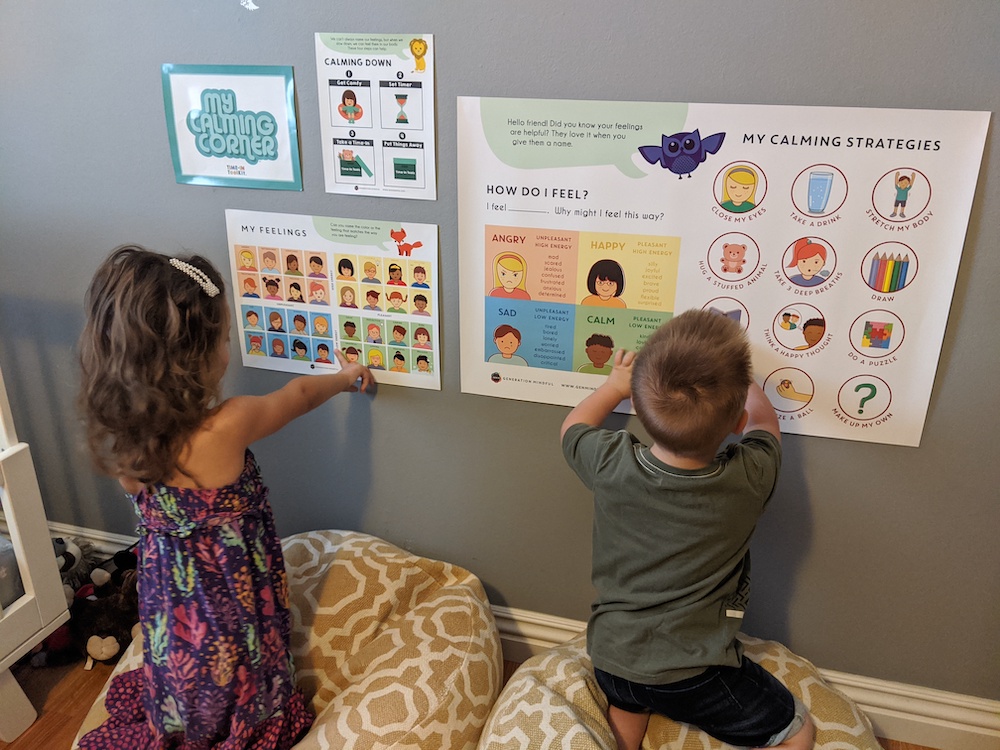
Generation Mindful’s Time-In Tool Kit Best Practices
Step 1:
Setup and gain awareness
The first step to a successful calming corner is to set it up and tell your children about it during a time when everyone is calm and happy.
Your children need to get acquainted with the posters, with the emotions the posters portray, and the recommended coping skills when they have the capacity to take it all in.
* If you try to use the calming corner for the first time in the middle of an existing tantrum, you are setting yourself up for more of a battle. *
You can use Generation Mindful’s included Peace Makers cards to help your children learn what the emotions mean and when we might feel them.
Step 2:
Discover calming strategies and coping skills.
The next step is to help your child discover their favorite go-to coping skills on from the Calming Strategies on the chart.
My daughter likes to do deep breathing and taking a drink of water. My son likes to hug a teddy bear and read a book. Your child will have a favorite calming activity as well, or you will know of one that seems to work best with them!
Really spend some good time with your kids enjoying the charts and getting to know them. And then you can begin to walk your kids through how to use them in a moment of distress.
Step 3:
Teach your children how to use all the components of the tool-kit.
Tell your children to come to their calming corner when they’re upset. Show them that they can identify what they are feeling, and thinking about how that feeling feels in their body. Guide them to then use the calming strategies (especially their favorite ones) to calm their mind and body down as the intense feeling passes.
You can also set up a bin/box of calming toys or items next to the calming corner. Our favorites are stress balls, a bubble drop visual sensory toy, and stuffed animals. This way your child can easily access supports to help them find a state of calm.
Remember, this is NOT a time out, but rather a Time-In.
A Time-In is where the child is guided to openly express and appropriately channel and process their emotions.
The goal is for the child to feel connection and loved, even when their feelings are big and strong.
The Time-In is preferred to a Time-Out, where the child is sent off for having emotions. They are isolated and expected to manage on their own.
I’ll admit, I am human and do use time-outs sometimes. However, I am definitely a proponent of time-ins and the invaluable skills time-ins can teach a child.
Parenting is hard.
Parenting a tantrumming child is hard.
If put the time and energy into teaching your child how to cope with and handle their emotions, you won’t regret it.
More effort upfront leads to less challenge later.
The rewards will be great as your child grows up and moves away from tantrums, shutting down, and closing off. Instead they will move towards healthy expression, clear communication, and autonomy to handle anything life throws their way!
Here are other articles on tantrums you might find helpful!
How to PREVENT Public Tantrums
How to Handle Public Tantrums

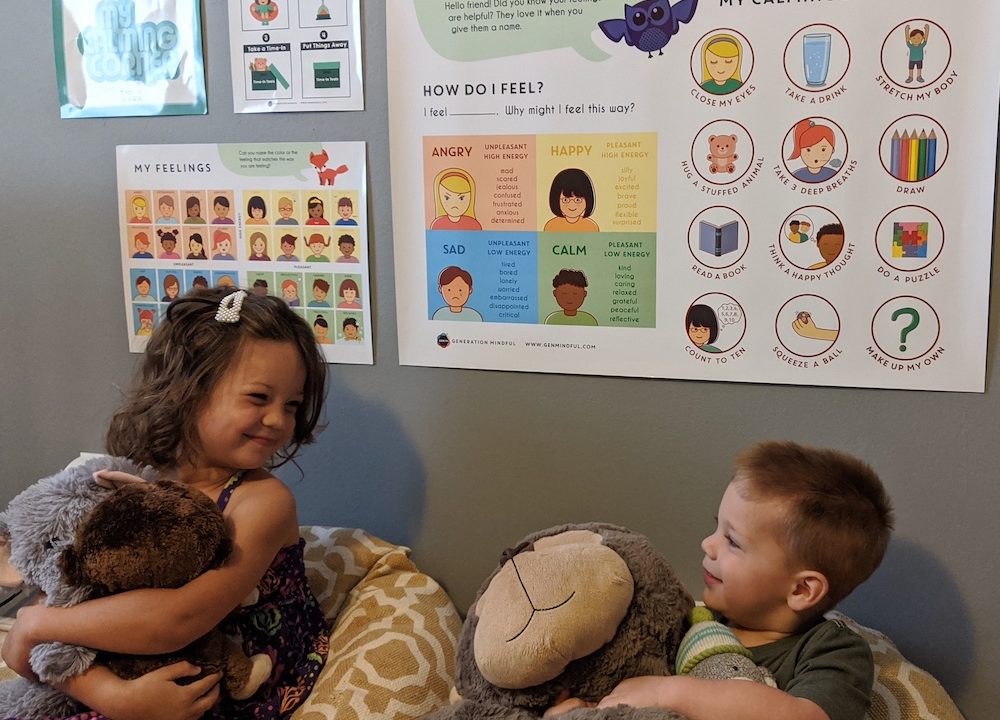
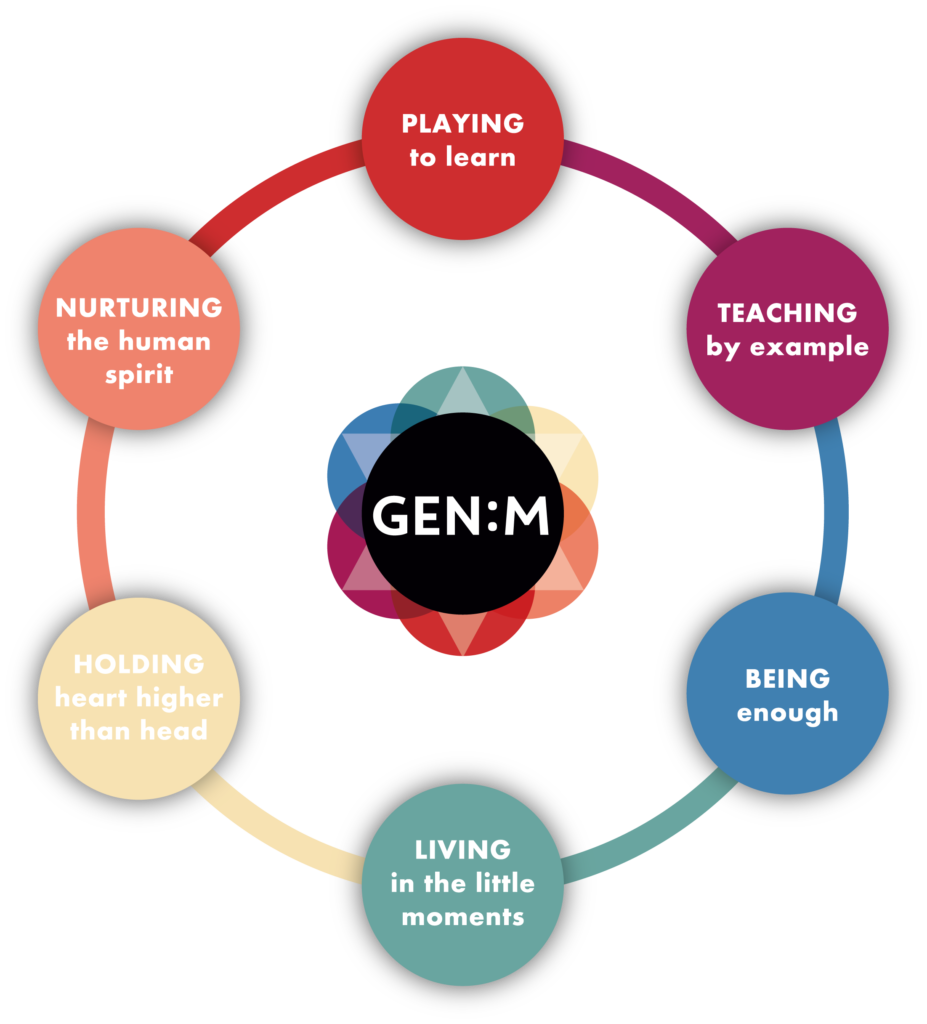
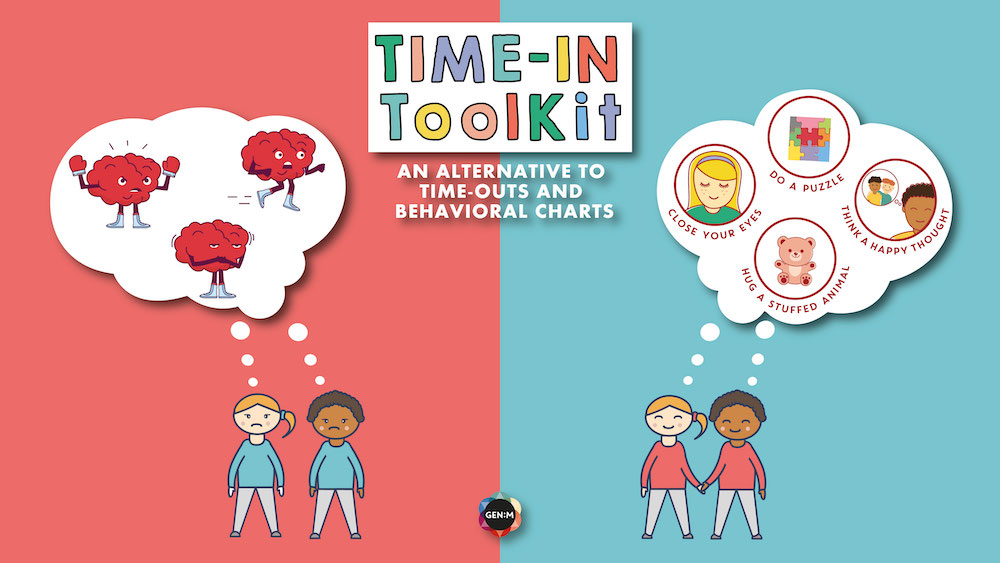
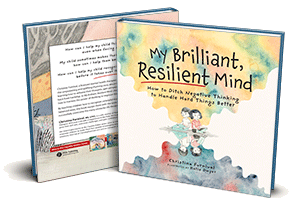
This is so helpful! My son is 2 and is definitely exploring his independence with tantrums. My husband and I will have him choose whether he wants to breathe, sing, or dance. I’ll have to add hugging a stuffed animal to the list!
Sounds like you guys are doing great to help him manage his emotions! Great work!
Love your strategies on working with tantrums. My second born has been on a tantrum frenzy these days.
I hope they help! So has my second born…I’m right there with ya!
Thank you for sharing such an informative break down of this resource. As a teacher and tutor, I will defiinitely be looking into this. I love that they include a variety of calming strategies!
That’s great! You’re so welcome. Thank you for your work!
This os a great post. I have two little ones, 6 and 3. And yes, the six year old still has tantrums. I think I will try the techniques you shared and see how it goes! Thank you for the great info!